Eye Care Services Offered and More
Some of the Services We Offer:
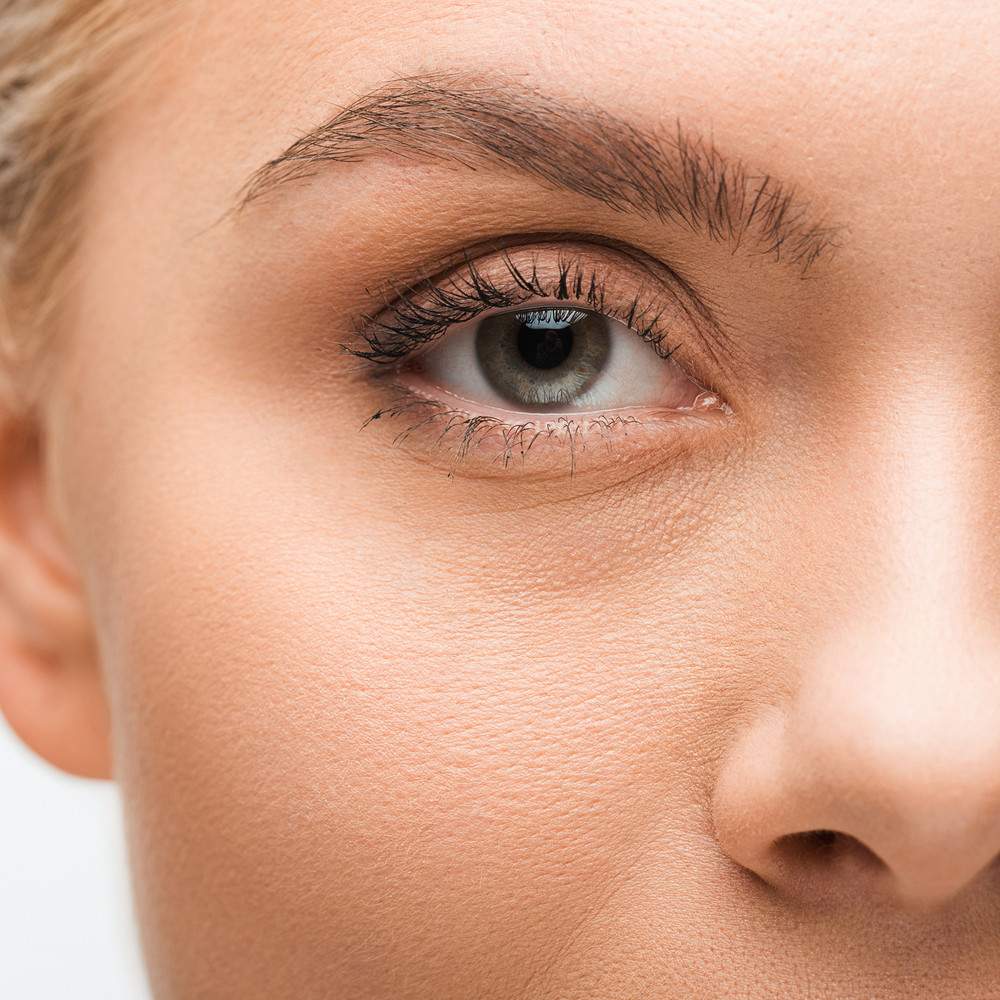
Comprehensive Eye Exam
A comprehensive professional eye exam typically includes several tests and evaluations to assess the overall health of the eyes and detect any potential vision problems or eye diseases. These may include visual acuity testing, a dilated eye exam, intraocular pressure measurement, and a thorough examination of the front and back of the eye. The exam may also include a review of medical and family history, as well as discussions about lifestyle factors that may impact eye health.
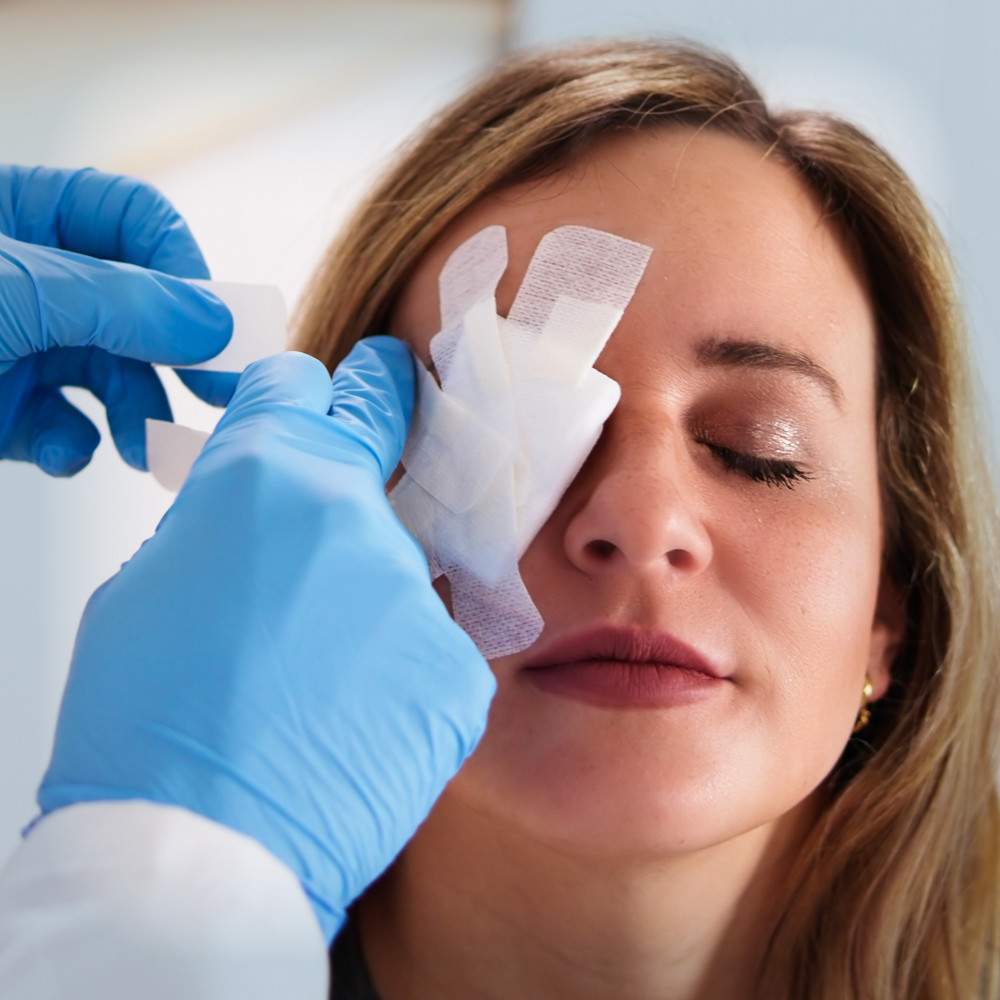
Emergency Eye Care
Emergency eye care may be necessary for conditions such as sudden vision loss or changes, severe eye pain or discomfort, eye infections, foreign object or chemical exposure to the eye, traumatic injuries to the eye or surrounding area, and sudden onset of flashes or floaters. These conditions require immediate attention to prevent permanent vision loss or other serious complications. If you experience any of these symptoms, seek emergency medical attention from a qualified eye care professional.
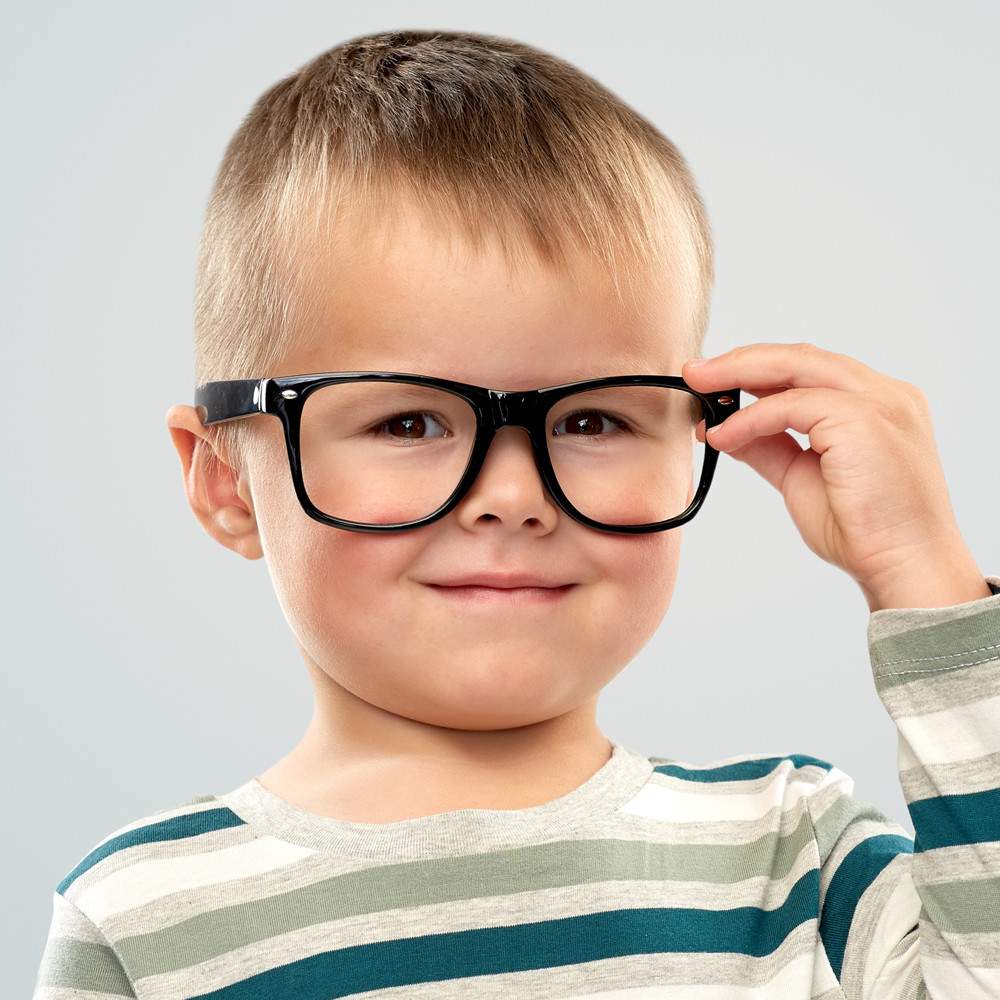
Pediatric Eye Exams
A pediatric eye care visit involves a comprehensive eye exam by an eye doctor specially trained to diagnose and treat eye conditions in children. The exam may include tests to evaluate visual acuity, eye movement and alignment, and eye health. Special tests may also be performed to check for conditions like lazy eye or crossed eyes. The eye doctor may also review the child's medical history and discuss any concerns with the parents or caregivers. Treatment options and follow-up appointments may be recommended as needed.
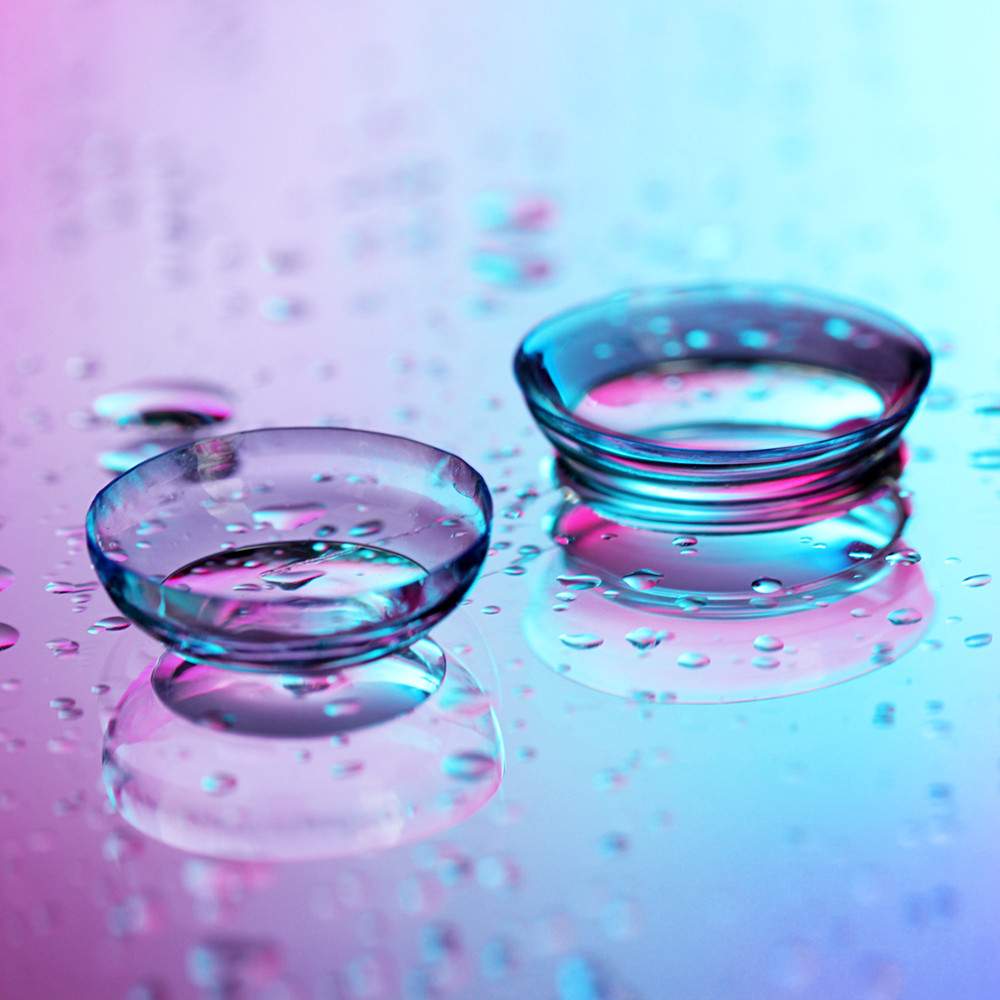
Specialty/Soft Contact Lenses
Soft contact lenses offer several benefits, including improved comfort compared to hard lenses, a shorter adjustment period, and a wide range of prescription options for various vision needs. They also provide better peripheral vision than glasses and are ideal for active individuals and athletes. Soft lenses are disposable, reducing the risk of eye infections associated with prolonged use. Additionally, they can be worn on a daily basis or as needed, making them a flexible and convenient option for vision correction.
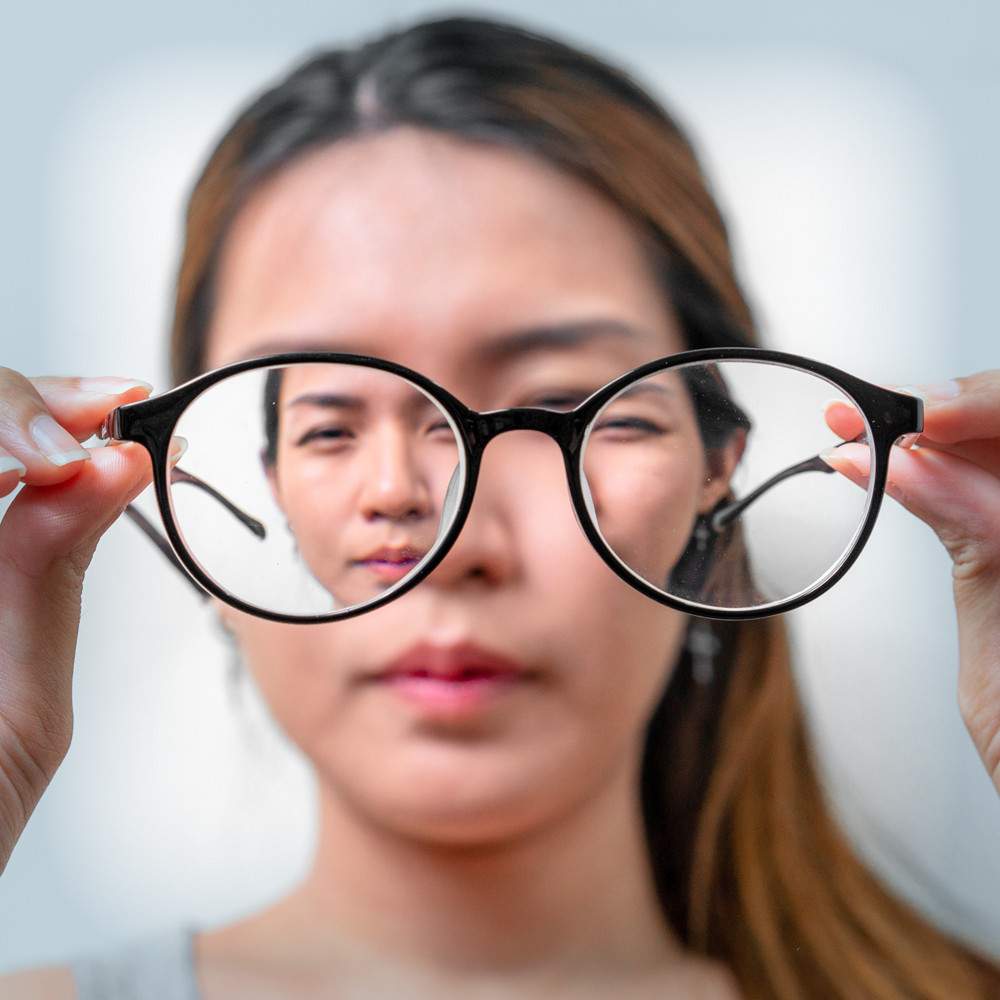
Diabetic Eye Exams
A diabetic eye exam is a comprehensive eye exam that specifically evaluates the eye health of individuals with diabetes. The exam may include visual acuity testing, dilation of the pupils, and imaging of the retina to detect any signs of diabetic retinopathy or other diabetic-related eye complications. The eye doctor may also review the patient's medical history and discuss any concerns or symptoms. Early detection and treatment of diabetic-related eye conditions is critical to prevent vision loss or blindness.
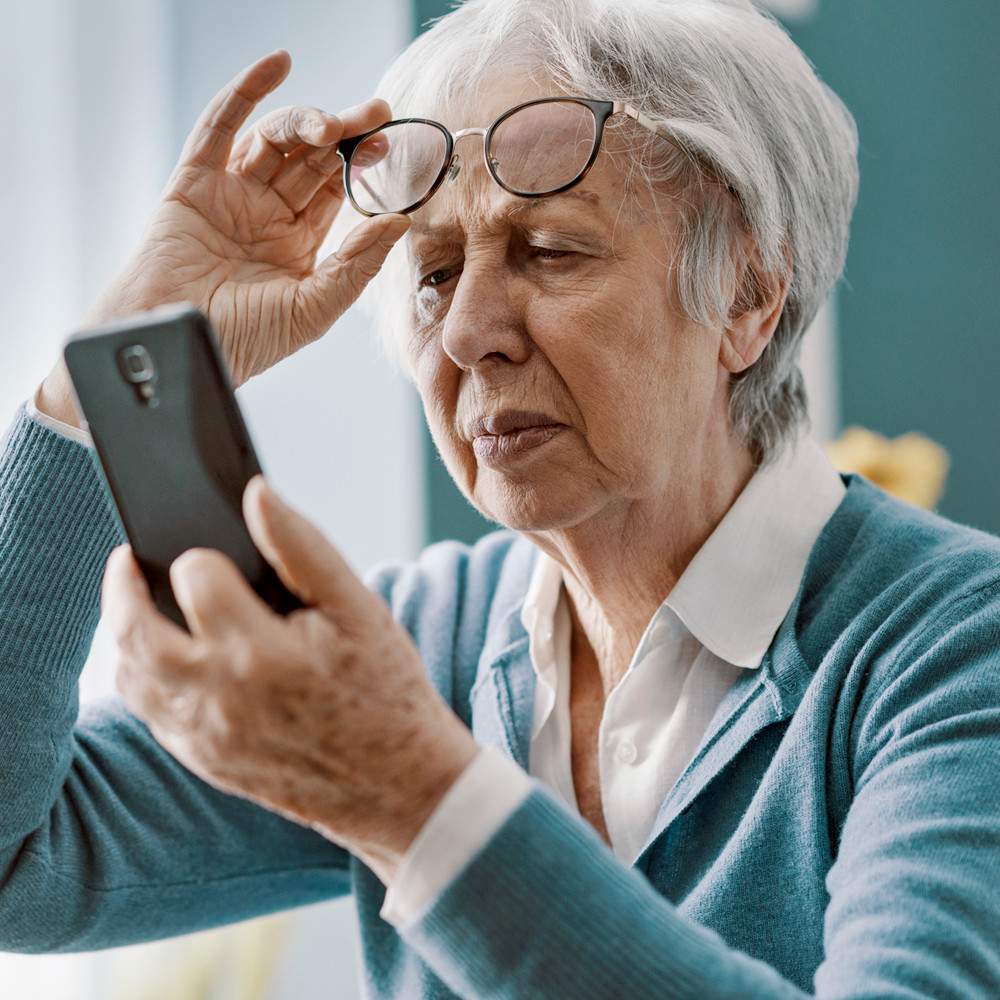
Macular Degeneration
Macular degeneration is an eye disease that affects the macula, a part of the retina responsible for central vision. It is typically age-related and can lead to progressive loss of vision. Symptoms may include blurred or distorted vision, blind spots, and difficulty with activities that require central vision, such as reading or driving. Treatment options may include lifestyle changes, such as a healthy diet and exercise, or medical interventions such as injections or laser therapy. Early detection and treatment are crucial for preserving vision.

Glaucoma
Glaucoma is an eye condition characterized by damage to the optic nerve that can lead to vision loss or blindness. It is often caused by high intraocular pressure and may not present any symptoms until it is in advanced stages. Treatment options may include eye drops, laser therapy, or surgery to lower intraocular pressure and prevent further damage to the optic nerve. Early detection and treatment are critical for managing glaucoma and preserving vision. Regular eye exams are recommended to screen for this condition, especially for individuals at higher risk.
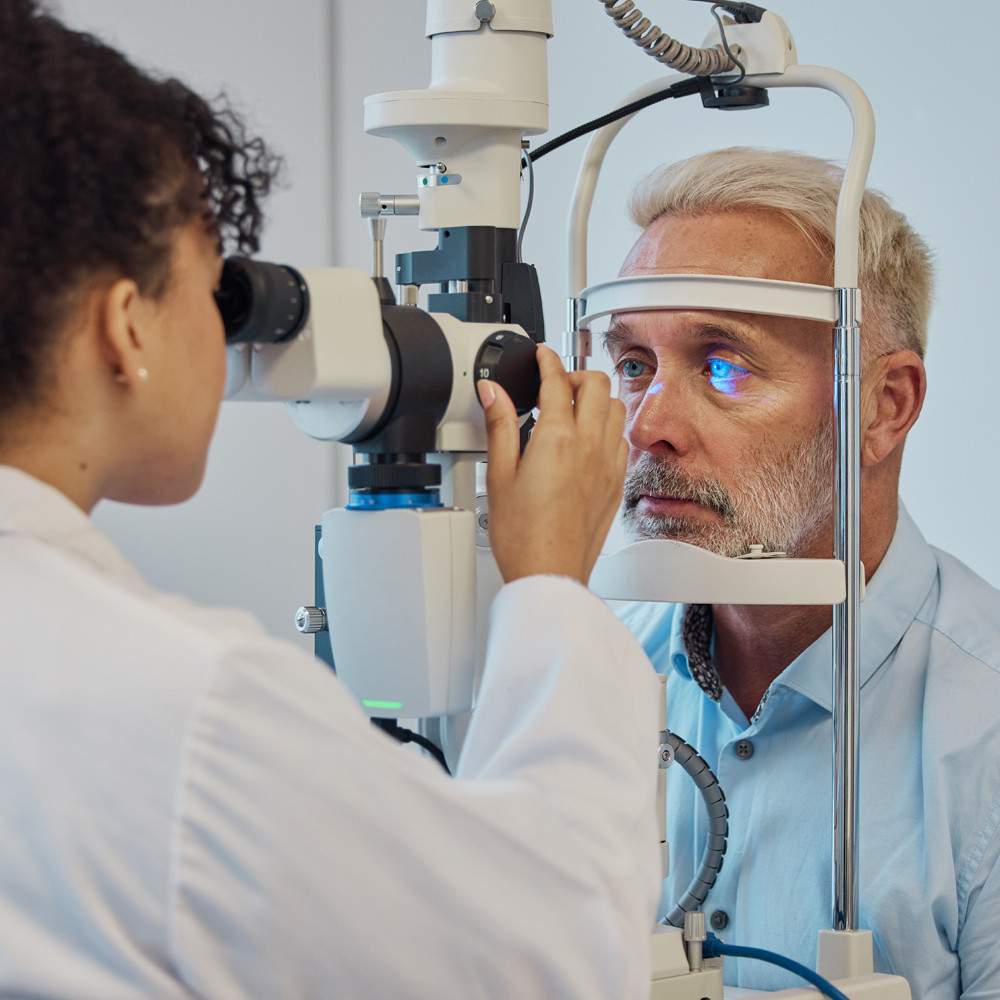
Cataracts
Cataracts are a common age-related condition that causes clouding of the natural lens in the eye, leading to blurred or distorted vision. Symptoms may include difficulty seeing at night, halos around lights, and increased sensitivity to glare. Treatment options typically involve cataract surgery, a safe and effective procedure that involves removing the cloudy lens and replacing it with an artificial lens implant. This surgery can significantly improve vision and quality of life for those affected by cataracts. Early detection and treatment are important to minimize vision impairment.
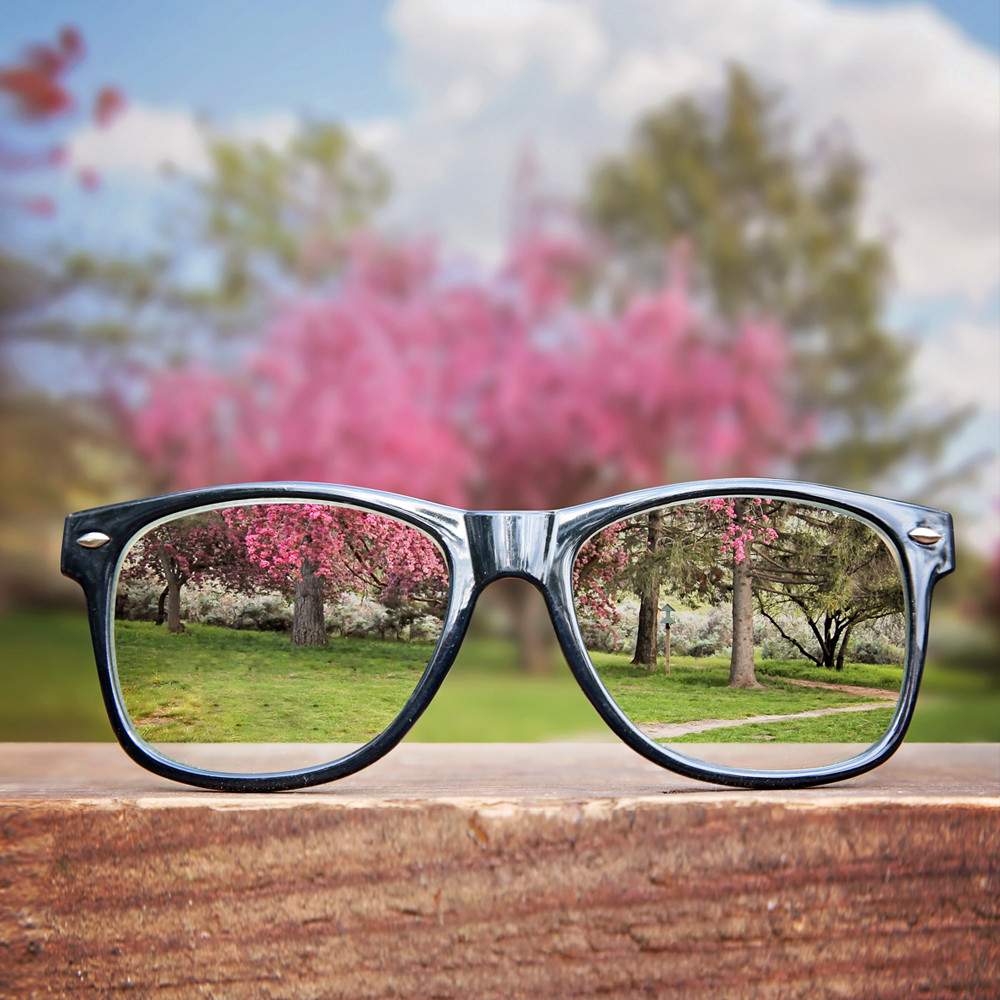
Myopia Control
There are several methods to control the progression of myopia, a common condition that causes nearsightedness. These methods may include prescription eye drops, corrective lenses such as glasses or soft disposable contact lenses, or even orthokeratology, a process of using specially designed contact lenses to reshape the cornea overnight and temporarily reduce myopia. Lifestyle modifications such as taking frequent breaks from screen time, getting regular exercise, and spending time outdoors may also help control myopia progression.
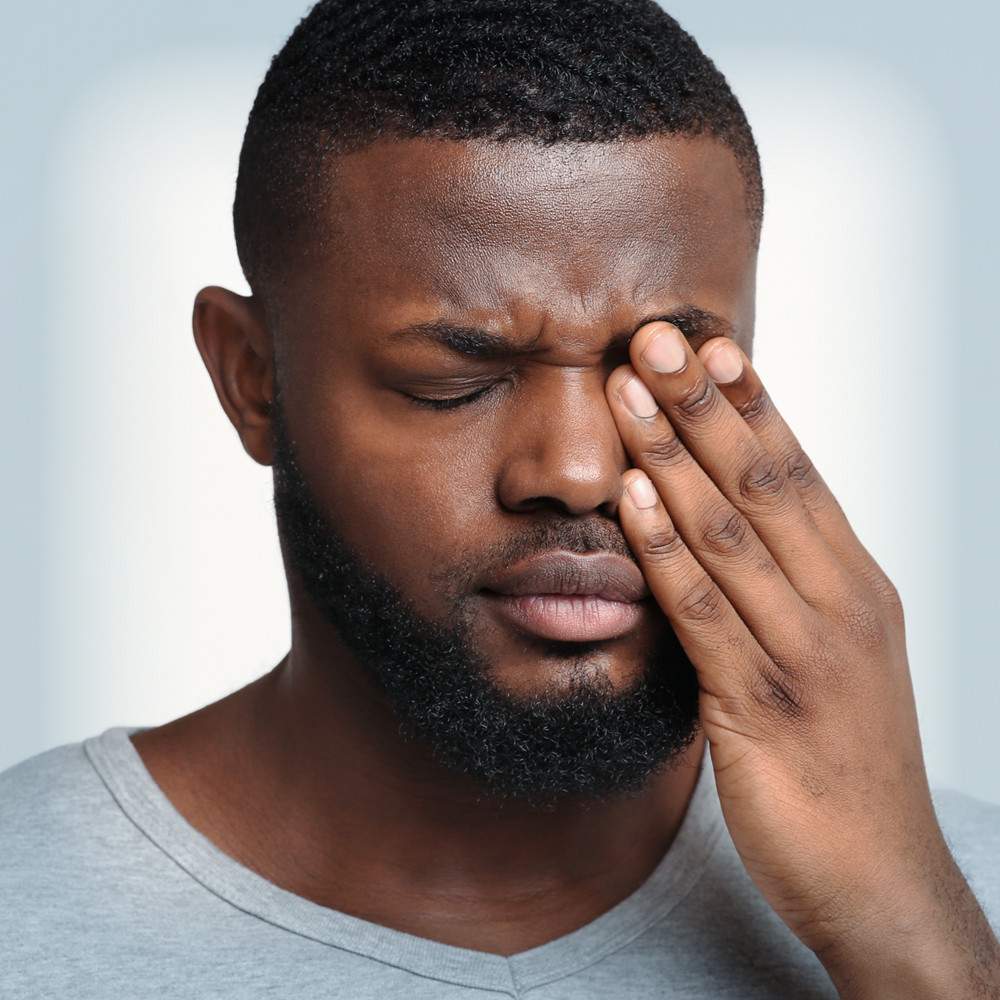
Dry Eye Management
Dry eye treatment typically involves a combination of lifestyle modifications, eye drops or ointments, and medical interventions. Lifestyle changes may include reducing screen time, taking frequent breaks, and avoiding smoking and dry environments. Over-the-counter or prescription eye drops can help increase tear production or reduce inflammation. In some cases, procedures such as punctal plugs or Meibomian gland expression may be recommended. Treatment is tailored to the individual's symptoms and underlying causes, and regular follow-up with an eye doctor is recommended.
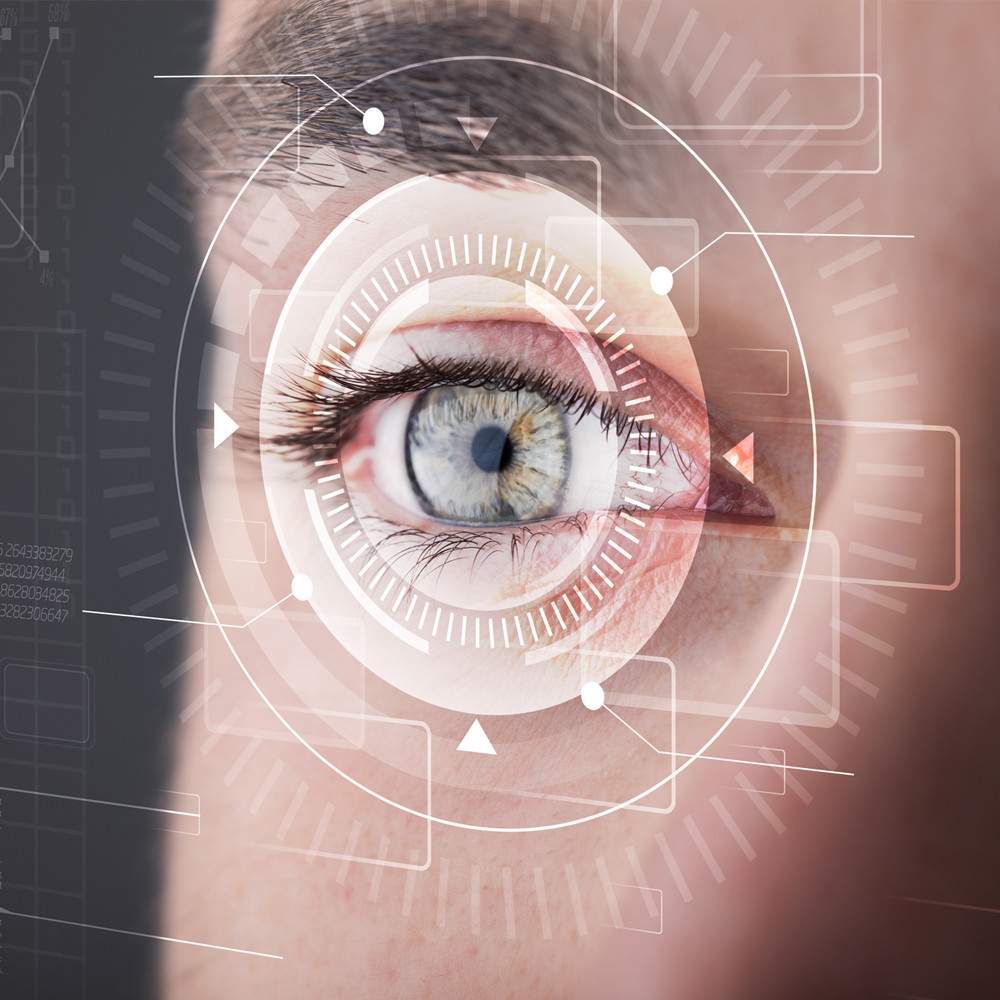
Digital Retina Imaging
Digital Retina Imaging (DRI) is a non-invasive diagnostic imaging technique used to capture high-resolution images of the retina, the light-sensitive tissue at the back of the eye. DRI involves taking a digital photograph of the retina using a specialized camera, which can detect and capture images of early signs of eye disease or conditions such as diabetic retinopathy, macular degeneration, and glaucoma. The images captured during DRI can be used to compare changes over time and can aid in the early detection and treatment of eye conditions.
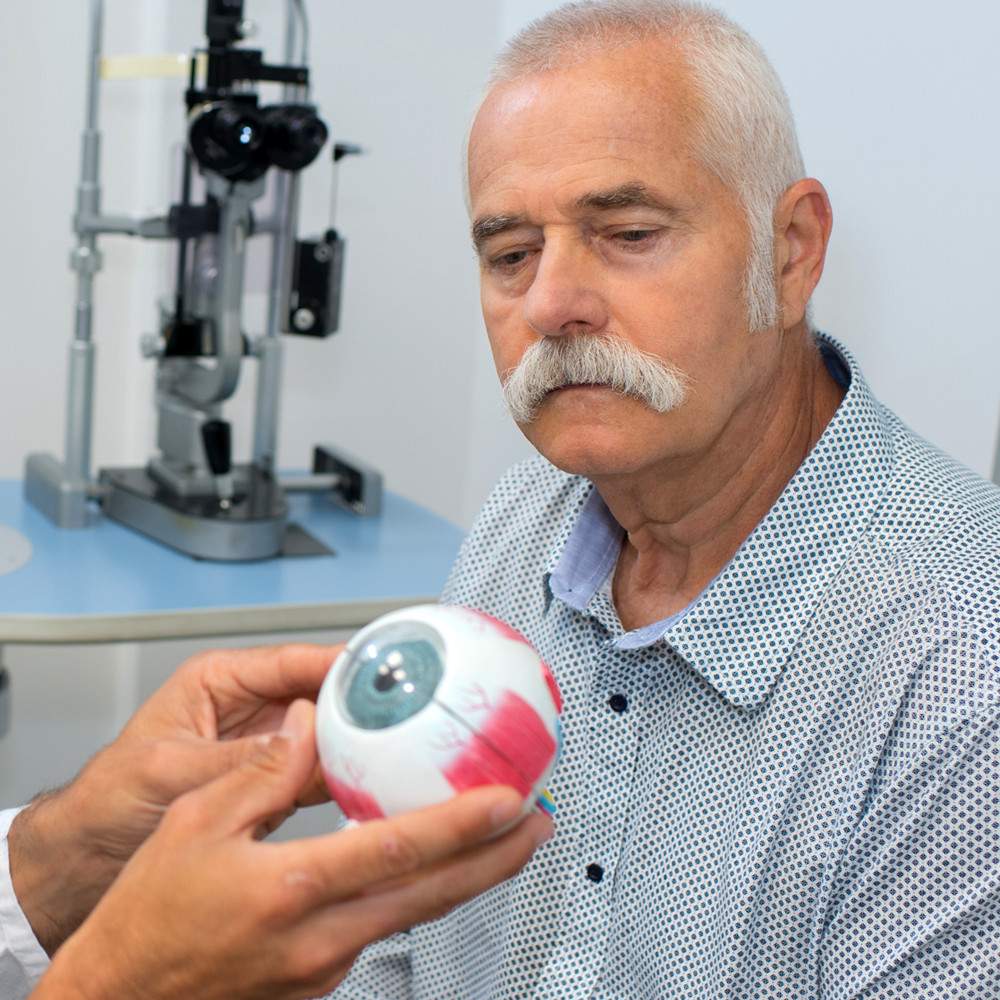
Lasik Consultation
During a LASIK surgery consultation, the eye doctor will conduct a comprehensive eye exam and evaluate the patient's medical history to determine if LASIK is a suitable option for vision correction. The exam may include measurements of the cornea, pupil size, and refractive errors, as well as a discussion of the patient's lifestyle, expectations, and potential risks and benefits of the procedure. The doctor will also review the steps involved in the LASIK surgery, including pre-operative preparation, the surgical procedure, and post-operative care.
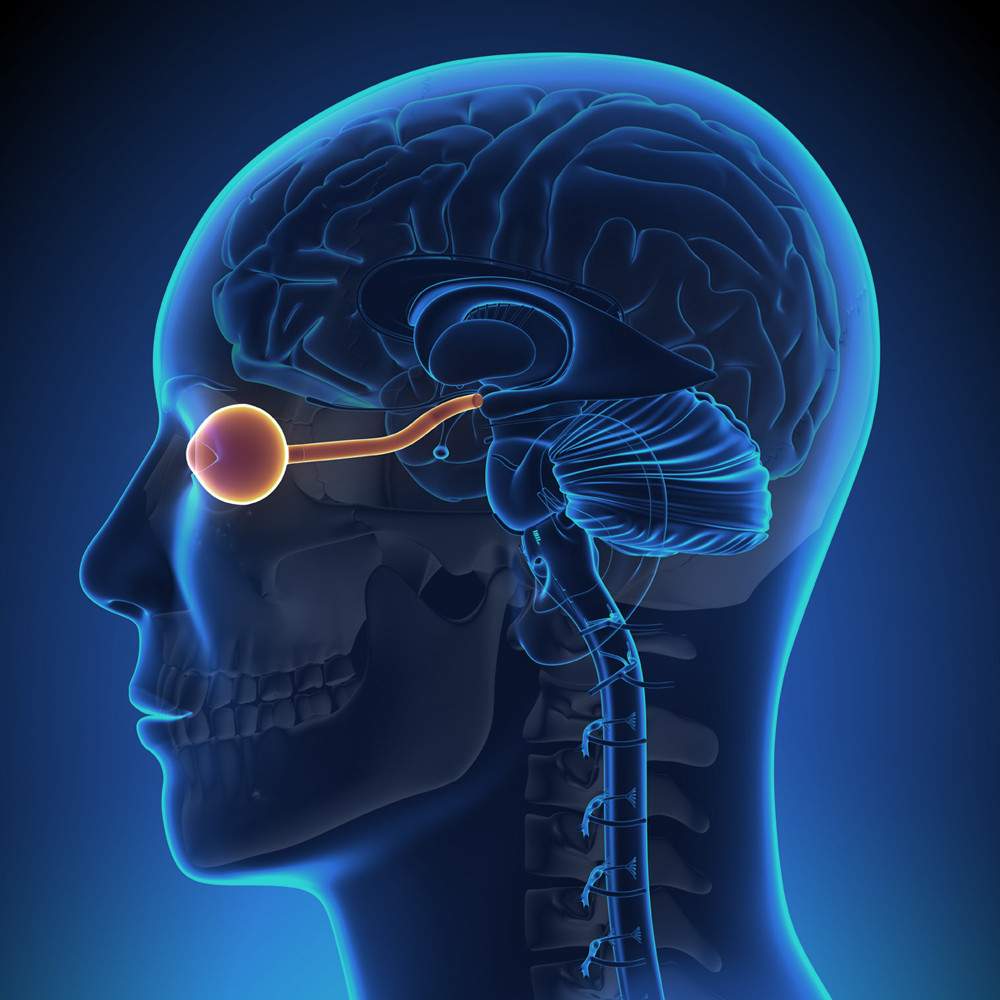
Neurological Testing
An eye doctor may perform various neurological tests to evaluate the health of the nervous system and detect any underlying conditions affecting the eyes or vision. These may include tests to assess eye movement, visual acuity, and color vision, as well as evaluations of the optic nerve, brain function, and visual field. The doctor may also review the patient's medical history and symptoms to identify any risk factors or neurological issues that may be affecting eye health.

Vision Therapy
Vision therapy is a type of non-surgical treatment that involves a series of eye exercises and activities designed to improve visual function and correct vision problems such as eye movement disorders, amblyopia, and binocular vision problems. It may include activities such as eye tracking, visual perception, and eye-hand coordination exercises. The goal of vision therapy is to improve the brain's ability to control eye movements and enhance visual processing, which can help patients achieve clearer and more comfortable vision. Treatment is tailored to each individual's specific needs and progress is closely monitored by an eye doctor.

Driver's License Forms
An eye doctor may assist with driver's license forms by providing a vision test and completing the required paperwork to certify that the patient meets the state's vision requirements for driving. The doctor may assess visual acuity, visual fields, and depth perception to ensure that the patient has adequate vision to drive safely. The certification may be required for new drivers, drivers renewing their license, or those seeking a medical exemption for vision impairment.
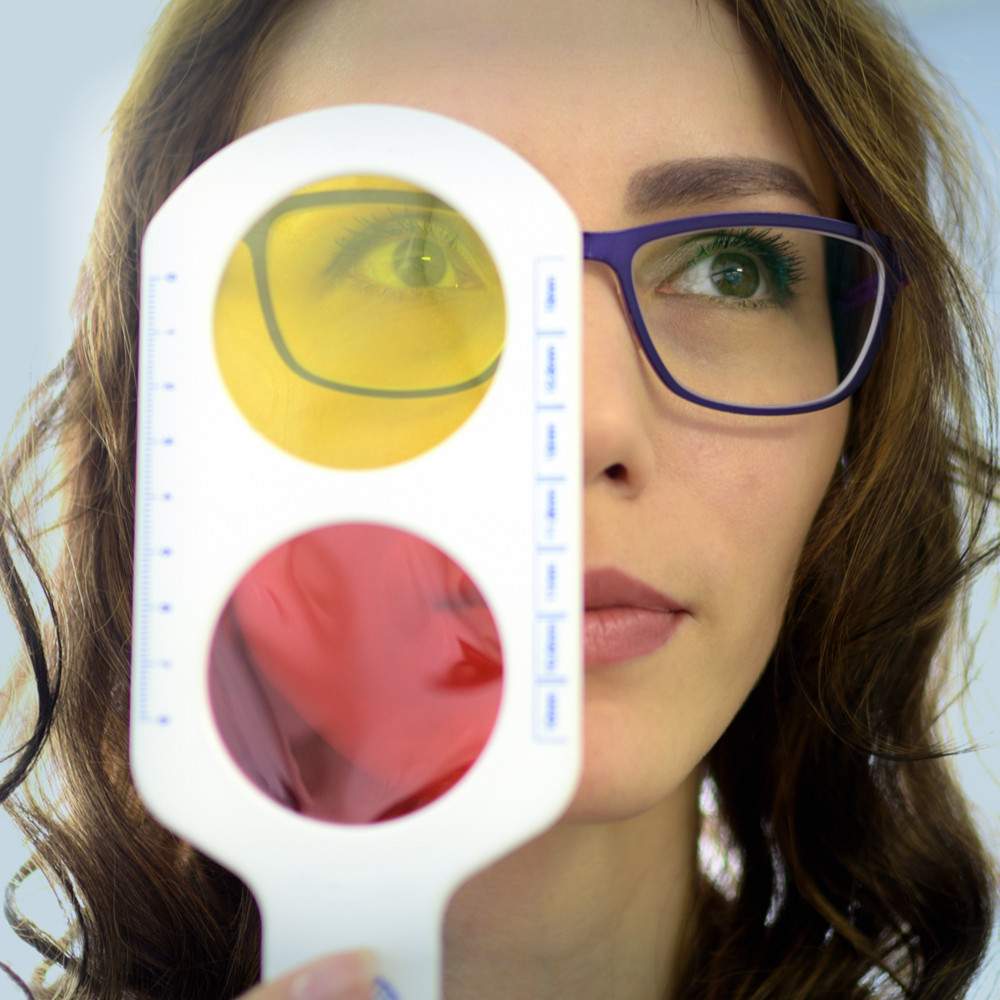
Color Vision
An eye doctor can diagnose color blindness through a comprehensive eye exam that includes color vision testing. Treatment for color blindness is limited, as it is a genetic condition and cannot be cured. However, special lenses or glasses may be prescribed to enhance color perception for some patients. Additionally, certain accommodations can be made to help color blind individuals distinguish colors more effectively, such as using color-coded labels or electronic devices with special color filters.
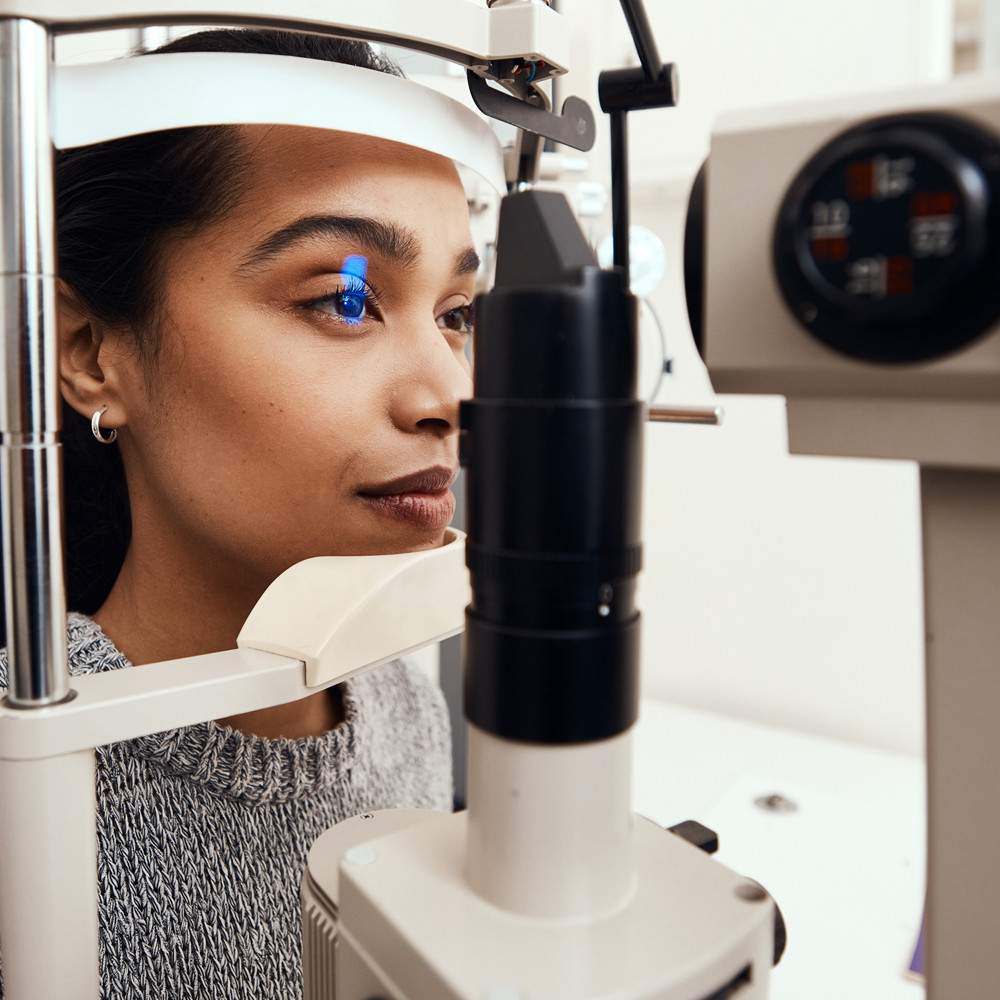
Keratoconus Diagnosis
A Keratoconus diagnosis involves an eye exam that may include measuring the shape and thickness of the cornea, as well as assessing visual acuity and other specialized tests. The doctor may also consider the patient's medical history and symptoms to identify risk factors or underlying conditions that may contribute to the condition. Treatment options may include contact lenses, corneal cross-linking, and in severe cases, corneal transplant. The treatment is tailored to the individual's specific needs and the severity of the condition.
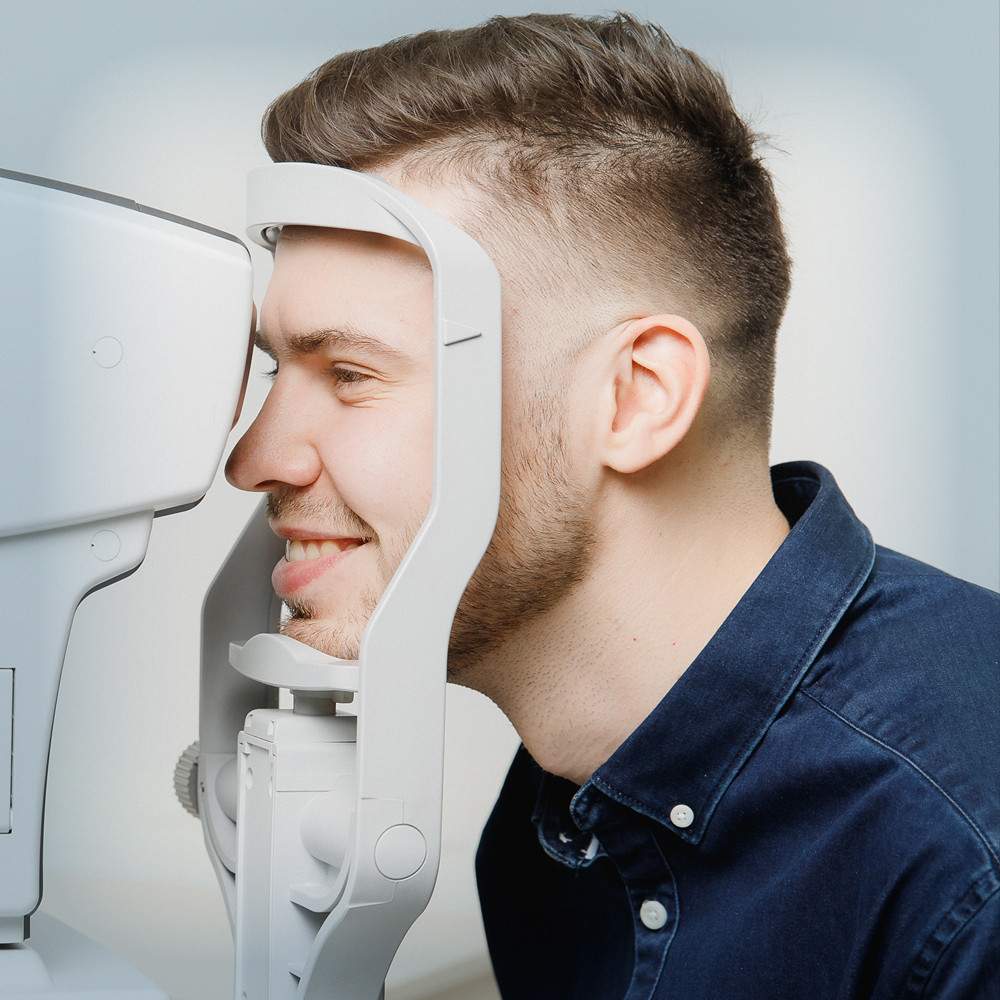
Visual Fields
When necessary, this computerized eye test is performed to evaluate your peripheral vision, or your ability to see to the side and above and below. Blind spots can be documented, and disorders such as glaucoma, strokes, and brain tumors can be detected.
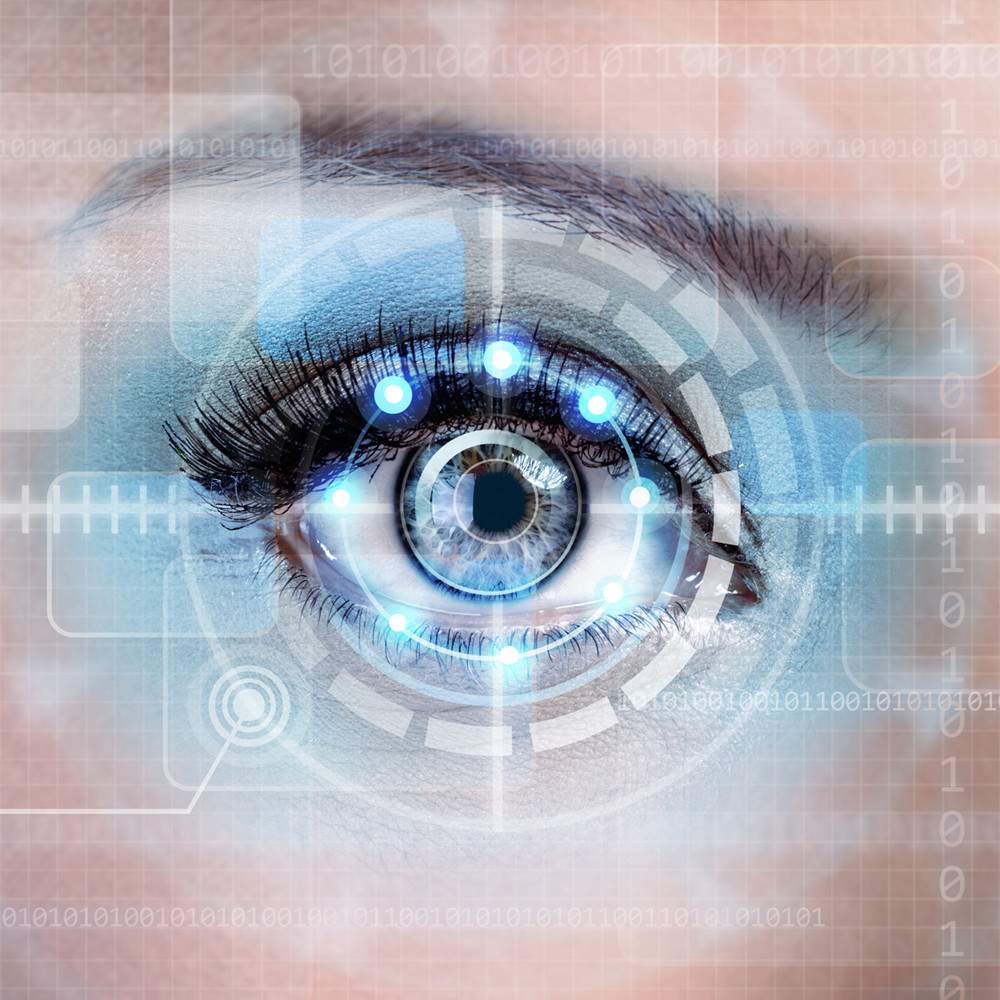
Corneal Pachymetry
The thickness of your cornea can be measured to 1/1000 of a millimeter using this ultrasound device. This test can be important in determining your risk of developing glaucoma, monitoring the health of your corneas during contact lens wear, and determining your eligibility for LASIK eye surgery.
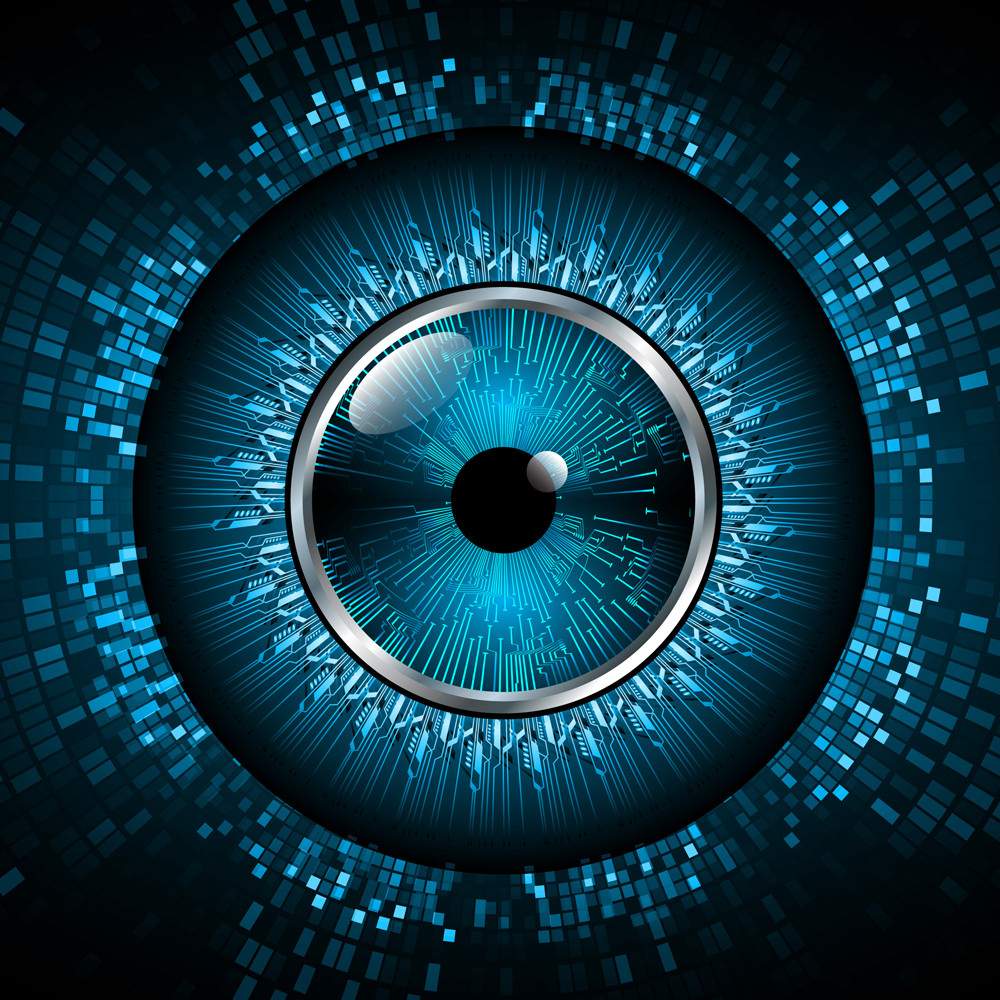
Ocular Coherence Tomography (OCT)
We are proud to offer the latest in eye diagnostic imaging with this device, which is usually only found in larger multi-doctor clinics. The SD-OCT uses light to create high resolution three dimensional images of the eye similar to an MRI. It can detect pathology as small as 5 microns (5/1000 mm). We use it to evaluate macular degeneration, diabetic retinopathy, glaucoma, and many other diseases.
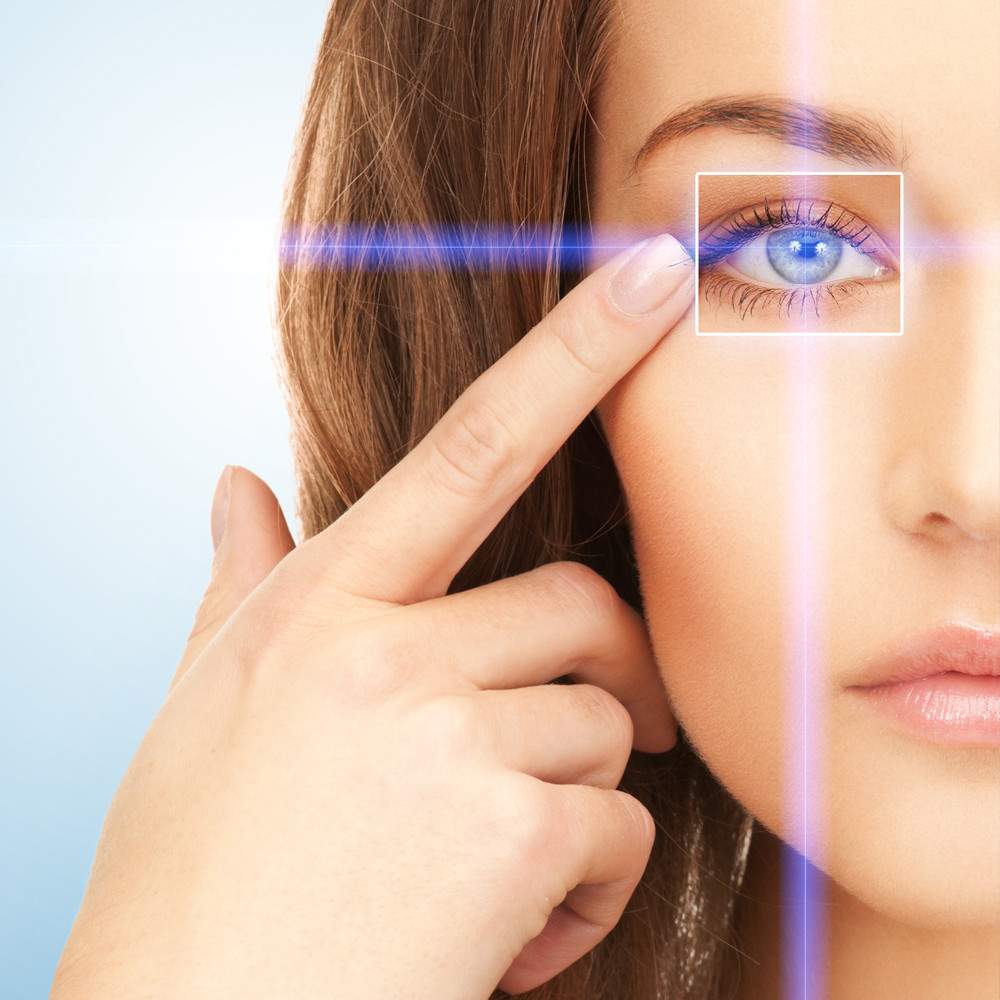
Corneal Topography
The shape of your cornea can be imaged and mapped out from edge to edge in order to diagnose subtle corneal diseases like keratoconus and also aid in creating custom designed contact lenses that maximize vision and health.
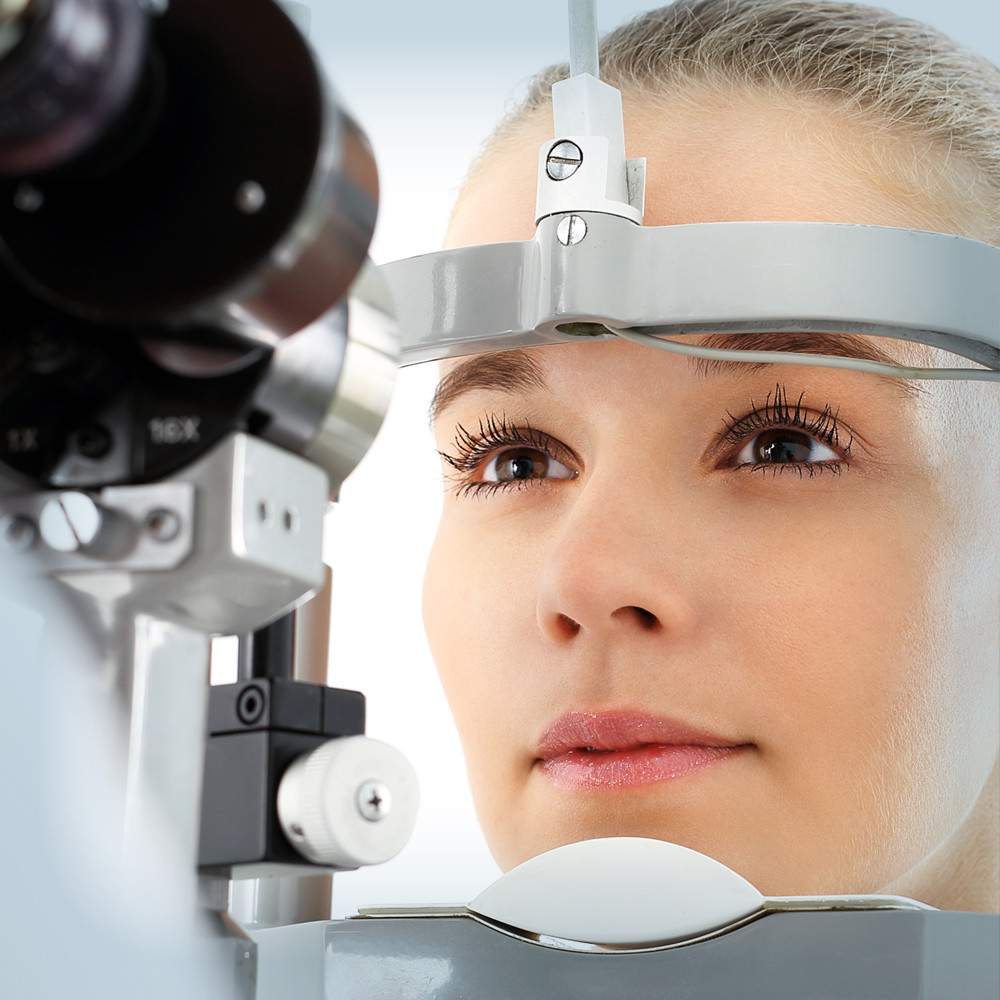
B-Scan Ultrasonography
Sometimes the internal structures of the eye can not be viewed due to opacities in the front of the eye such as corneal scars and cataracts. It is crucial to be able to examine these structures to make sure the eye is healthy. The B-scan ultrasound helps us to view these internal structures using sound waves to image the inside of the eye. Also known as a sonogram, this is the same device used to image a baby inside of a mother's womb, altered for use in the eye.








